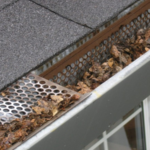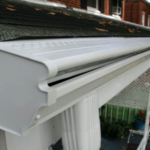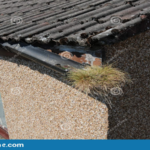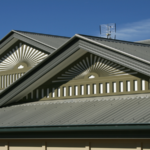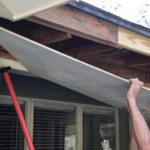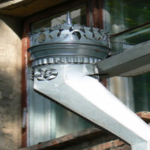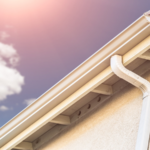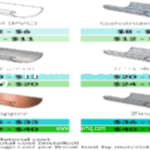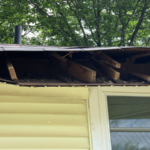Most gutters are installed with a slight slope so that water can run off of them and into a downspout. The downspout is then connected to a drainage pipe that carries the water away from the foundation of the house. In some cases, the drainage pipe may terminate in a dry well that allows the water to seep into the ground. In other cases, the pipe may terminate at the edge of the property where it discharges the water.
Where should rain gutters drain?
The purpose of rain gutters is to protect your home by channeling water away from its foundation and preventing water damage. So, it’s important that they drain properly.
There are a few different options for where your rain gutters can drain. The most common is to have them drain into a downspout, which carries the water away from your home. You can also have them drain into a dry well or a rain barrel.
The best option for you will depend on a few factors, including the climate you live in, the amount of rainfall your area gets, and the layout of your home.
If you live in an area with a lot of rainfall, you’ll want to make sure your gutters drain properly to avoid any water damage to your home. In this case, it’s best to have them drain into a downspout.
If you live in a drier climate, you may not need to worry as much about your gutters overflowing. In this case, you could have them drain into a dry well or rain barrel. This would allow you to collect and use the rainwater for watering your plants or washing your car.
Should downspouts go into the ground?
There are a few things to consider when deciding whether or not to have your downspouts go into the ground. The first is the amount of rainfall your area receives. If you live in an area with a lot of rainfall, then it is necessary to have your downspouts go into the ground in order to prevent flooding. The second thing to consider is the amount of snowfall your area receives. If you live in an area with a lot of snowfall, then it is also necessary to have your downspouts go into the ground in order to prevent the formation of ice dams. The third thing to consider is the aesthetic of your home. If you have a lot of landscaping or you simply prefer the look of having your downspouts go into the ground, then it is entirely up to you.
What is the problem with buried downspouts?
There are a few problems that can occur when downspouts are buried. First, if the buried downspouts are not properly installed, they can leak. This can lead to water infiltration and damage to the foundation or landscaping. Second, if the buried downspouts become clogged, they can cause water to back up and flood the area around the downspouts. Finally, if the buried downspouts are not properly maintained, they can become corroded and collapse.
How do I find my underground gutter drain?
If your home has an underground gutter drain, it is likely that the drain is located in the yard near the house. The first step is to locate the drain. Once you have found the drain, you will need to excavate the area around the drain to expose the pipe. After the pipe is exposed, you will need to clean out any debris that is blocking the pipe. Once the pipe is clear, you will be able to see the direction that the water is flowing.
Can gutters be drainage?
Yes, gutters can be drainage. In fact, they are often used as such. Gutters are designed to collect and channel water away from a building, and they can be used to direct water into a drainage system.
Should gutters overflow in heavy rain?
No, gutters should not overflow in heavy rain. If they do, it means that they are either clogged or too small for the amount of rainwater falling. Gutters are designed to collect rainwater and direct it away from the foundation of a house or building. Overflowing gutters can cause water to seep into the foundation, which can lead to serious problems such as mold, rot, and structural damage.
How much does an underground downspout cost?
The average cost of an underground downspout is between $200 and $250. This cost can vary depending on the size and type of downspout you choose. Some factors that will affect the cost include the length of the downspout, the diameter of the downspout, and the material the downspout is made from.
How do you drain a downspout to the ground?
There are a few ways to drain a downspout to the ground. One way is to simply dig a small trench from the base of the downspout to where you want the water to drain. Another way is to attach a downspout extension to the end of the downspout. This will allow the water to drain away from the foundation of your house.
How much does it cost to install underground gutter drainage?
The cost of installing underground gutter drainage depends on the size of the job and the type of materials used. For a small job, the cost might be around $500. For a larger job, the cost could be $2,000 or more. The type of materials used will also affect the cost. PVC pipe is the most common type of pipe used for underground drainage and it is usually the least expensive. If you have a larger job, you might need to use a more expensive type of pipe, such as copper.
Final Talk
It is not advisable to drain gutters into the ground as this can lead to soil erosion and other problems. It is better to redirect the water to another location such as a rain barrel or garden.

